
As a rule, it should be turned about 90 past the point at which tightening can be felt. 12 Series MGZ Reed Switch Internal Circuits Lead wire colors inside [ ] are those prior to conformity with IEC standards.
X12 100/110VAC Tamagawa Seiki Co., Ltd 113.5 82.5 X13 200/220VAC MSD3A1P1E MSD3A1P1E MSD3A3P1E MSD3A3P1E MR-C10A1 MR-C10A1 MR-C10A MR-C10A SGDE-A3BP SGDE-A3BP SGDE-A3AP SGDE-A3AP X15 100/115VAC Matsushita Electric Industrial Co., Ltd. 120.5 88.5 X16 200/230VAC 30W X18 100/115VAC Mitsubishi Electric Corporation 117 89 X19 200/230VAC X21 100/115VAC Yaskawa Electric Corporation 124.5 93 X22
X12 100/110VAC Tamagawa Seiki Co., Ltd. 111.5 80.5 X13 200/220VAC MSD3A1P1E MSD3A1P1E MSD3A3P1E MSD3A3P1E MR-C10A1 MR-C10A1 MR-C10A MR-C10A SGDE-A3BP SGDE-A3BP SGDE-A3AP SGDE-A3AP X15 100/115VAC Matsushita Electric Industrial Co., Ltd. 123 91 X16 200VAC 30W X18 100/115VAC Mitsubishi Electric Corporation 111.5 87.5 X19 200/230VAC X21 100/115VAC Yaskawa Electric Corporation 123 91.5 X22 200
Therefore repair at SMC is recommended.
at both ends With absorber at extension end With absorber at retraction end With absorber at both ends AS AT A BSNote1) BTNote1) BNote1) Note1) Shock Absorber is not available for MXS6L.
Stroke adjuster option Without adjuster Adjuster at extension end Adjuster at retraction end Adjuster at both ends Absorber at extension end Absorber at retraction end Absorber at both ends AS AT A BS (1) BT (1) B (1) Note 1) Shock absorber is not available for MXS6L. Note 2) Functional option is not available for MXSllL.
the back Mounting at the front Rear single clevis C Rear double clevis D Bore (mm) Z E1 R W MF ZF FB CD EB L XD UB CB EW MR TR AO AT XA SA AH AB L1 TL TD TM UW TF UF E2 48 55 68 80 100 120 32 36 45 50 63 75 16 20 25 25 30 35 10 10 12 12 16 16 130 145 155 170 190 205 7 9 9 9 12 14 10 12 12 16 16 20 65 75 80 90 110 140 12 15 15 20 20 25 142 160 170 190 210 230 45 52 60 70 90 110 26 28 32 40
-16ASUP B L O C K P L AT E P R PR VVQ1000-N5-Station (1-Max. stations) N A M E P L AT E [-N] Direct exhaust [-S] B U I LT I N S I L E N C E R VVQ1000-F-L(VQ1000) E L B O W F I T T I N G S A S S E M B LY I N D I V I D U A L EXH S PA C E R EXH B L O C K B A S E A S S E M B LY VVQ1000-19A(VQ1000) F P L KQPP L A N K I N G P L U G 23 04 06 08 10 01 03 07 2 S TAT I O N S M AT C H I N G F I T T
I W"at* e*mWr>Ns 4glv. ADASOOM Series ADA505M --+ ADA525M Metric L + Stroke 0o) Itllx.
In such a case, mount a bracket to reduce the vibration of the cylinder or use the cylinder at a piston speed low enough to prevent the cylinder from vibrating at the stroke end. 2. To replace a seal, apply grease to the new seal before installing it.
head end Locking at rod end Locking at both ends * Refer to table below for selection of applicable auto switch.
At this time, the port on the head side is in the discharged state and is at atmospheric pressure. wLocking style manual release Push the M/O knob and turn it 90 counterclockwise. The lock disengages when the mark on the cap is aligned with the OFF mark on the M/O knob (and the lock will remain disengaged).
Note 4) At the atmospheric pressure, 1 VDC or 4 mA is output. 5 VDC or 20 mA is output at the rated pressure. Note 5) Please contact SMC regarding indication with other units of pressure. 0 25 50 75 100 Input signal (% F.S.)
CJ2 Port aperture Easy end of stroke cushion valve adjustment CM2 Piston rod lurching has been eliminated at the end of stroke positions by means of a floating seal mechanism. CG1 Since adjustment of the cushion valve is performed with a hexagon wrench key, even fine control can be easily accomplished.
CJ2 Port aperture Easy end of stroke cushion valve adjustment CM2 Piston rod lurching has been eliminated at the end of stroke positions by means of a floating seal mechanism. CG1 Since adjustment of the cushion valve is performed with a hexagon wrench key, even fine control can be easily accomplished.
Do you have any problem, although an error might occur if it is set to be (number of trial again = 0) in order to prevent from doing a trial again when positioning is done at the outside of the range? YES YES When positioning at the outside of the allowable range, do you have any problem in doing a trial once again? NO NO There is no particular problem in using thesystem.
NO The sensor unit is adjusted to an appropriate position at the time of shipment. Therefore, never detach the sensor unit from the body. Make sure that water does not splash on the sensor unit (enclosure IP65). Do not pull on the sensor cord. YES YES There is no particular problem in using the system.
Add an asterisk () at the beginning of electro-pneumatic regulator part numbers to be mounted.
When fixing a work piece at the end of the piston rod, first retract the piston rod to the back end. Use the spanner hook at the end of the rod to keep the torque below the allowable tightening torque. 3. Always apply the piston rod load in the axial direction. Avoid operation where rotational torque is applied.
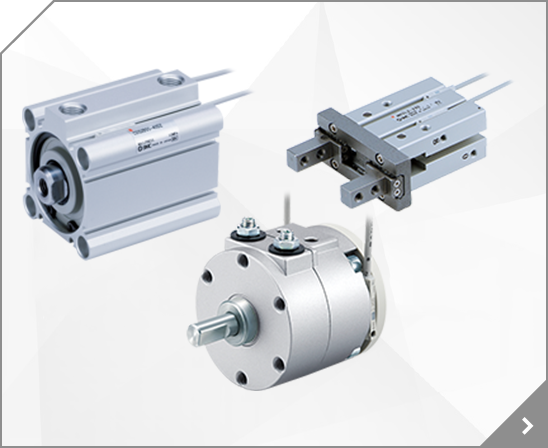
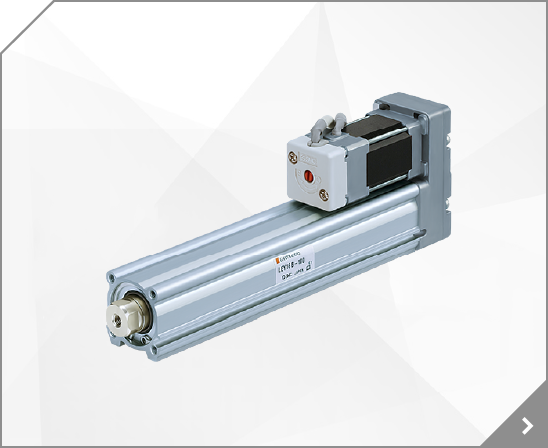
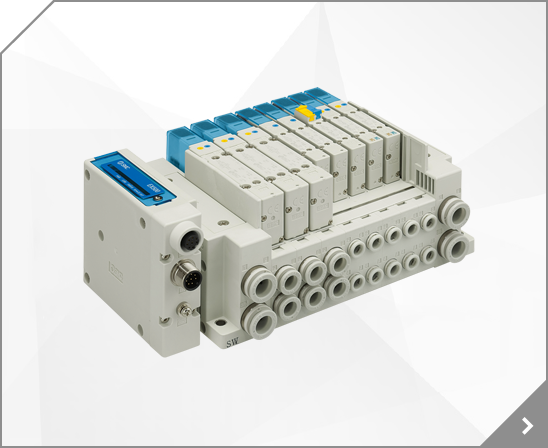
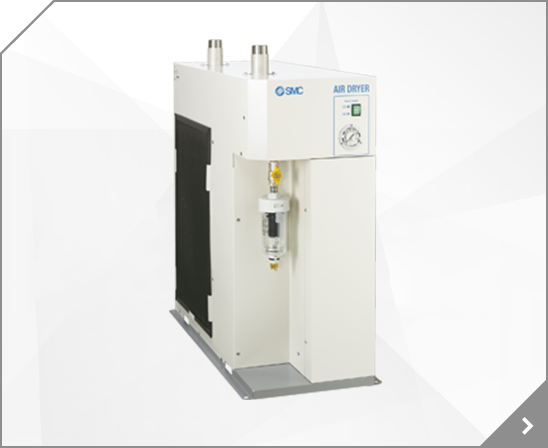
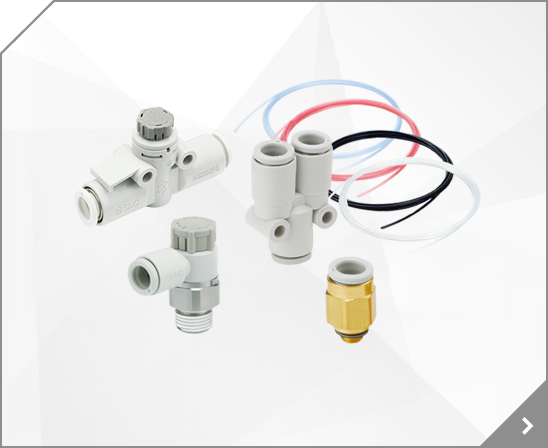
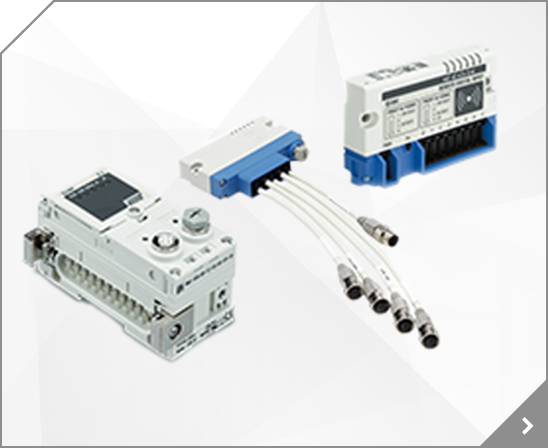
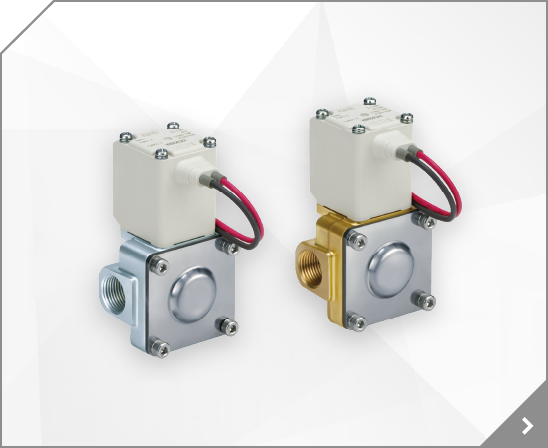
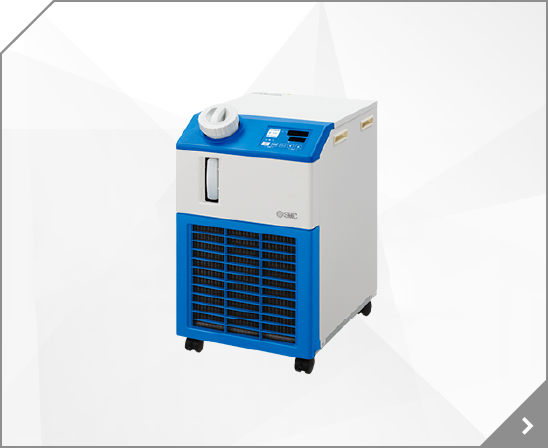
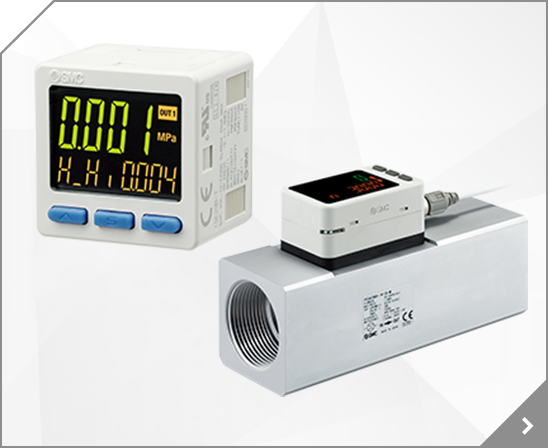
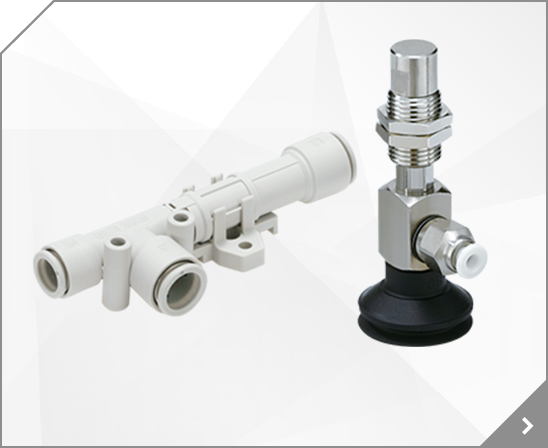

 Non-rotating Double Power Cylinder Series MGZ ø40, ø50, ø63
Non-rotating Double Power Cylinder Series MGZ ø40, ø50, ø63